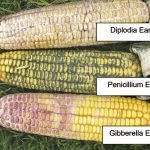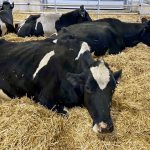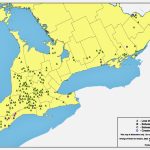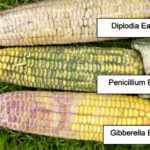Tag Archives mycotoxins

Cold plasma tapped as grain mycotoxin solution
The fourth state of matter (in its cold form) could be coming to a malt house or feedlot near you

Mycotoxin situation returns in 2023
The good news is that it wasn’t as bad as other years

Mycotoxin risk elevated due to wet growing season
Livestock producers need to be vigilant, says ministry, nutritionist

Managing mycotoxins reduces livestock risk
Dairy cattle usually are affected by multiple mycotoxins when levels reach a damaging threshold in feed

Corn moulds, mycotoxins below provincial average
Local conditions should be considered when evaluating risk

Province sees average year for corn ear moulds, mycotoxins
Annual survey shows 89 per cent OK to feed livestock

Accidental discovery could be a mycotoxin game-changer
AAFC scientists discovered an enzyme that converts fumonisin mycotoxins into a non-toxic form

Researchers develop a quick test for DON
Science Notes: Innovation could reduce toxins harmful to both animals and humans

Where did all the DON corn go?
Most infected corn in Ontario has now been flushed to markets in ethanol and around the world, mostly at discounted prices

The DON year and dairy feed
Dairy farmers have had to manage higher mycotoxin levels in feed after last harvest. Here’s how they did it


